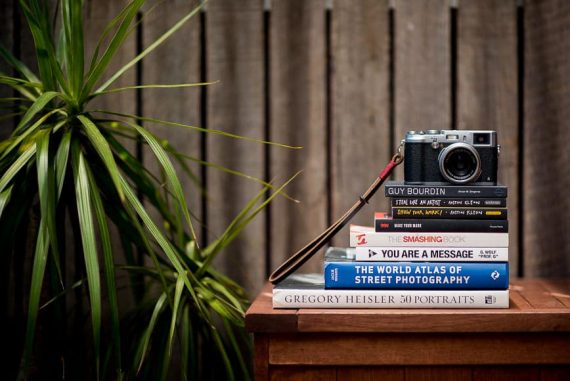
How to use Negative Space in Photography
Using Negative Space in photography is a powerful tool. Sometimes removing objects from an image is more important than adding them. Discover the secrets!
Learn | Photography Guides | By Andy Day
Negative space in photography is a means of using emptiness to give images impact, creating minimal, striking compositions that grab a viewer’s attention.
With practice, you can learn to use negative space to make your subject stand out and create photos that guide the viewer’s eye while creating a pleasing sense of balance.
It’s also a commonly used technique employed in minimalist photography.
This article will provide examples of negative space in photography and give you some practical tips and tricks on how to incorporate this compositional approach into your work.
What is Negative Space in Photography?
Negative space in photography describes the clean, empty (or nearly empty), minimal parts of an image that aren’t the subject of your photograph.
Typically, the subject of a photo is the positive space; the “everything else” that makes up the area around the subject is the negative space.
For example, in this photograph, the subject is the person and the negative space is the blackness that surrounds him.
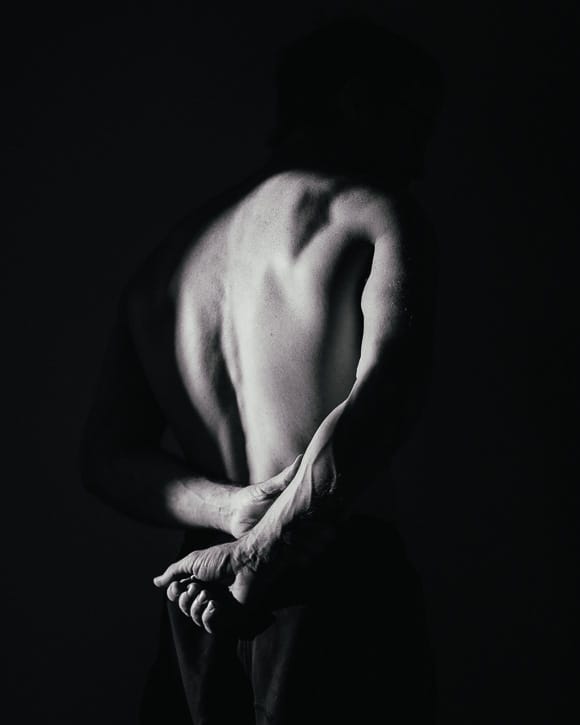
Negative space has been used in painting, sculpture, architecture, and graphic design for centuries. It allows artists to give a sense of balance in what they’re making while pushing the viewer’s eye to the main focal point (or points) of their creation.
In photography, creating negative space means incorporating more “nothing” into your images, which then acts as a complement to your subject, evening out the photograph and giving a feeling of harmony.
Often this means simplifying your composition by reducing the number of elements that are included — perhaps incorporating more sky, blank sections of wall, or out-of-focus areas that sit in contrast to the main subject.
You can almost think of it in terms of music: rather than having melodies that are competing with each other, most of the orchestra will become relatively quiet when a clarinettist performs a solo.
A few other instruments might play a simple, almost unnoticeable accompaniment that helps to guide the solo instrument as it carries the melody. This peaceful accompaniment is the negative space, supporting the clarinet, giving it structure but without distracting from it.
A jazz musician might think of negative space as being the gaps between notes: the space doesn’t contain any music, but it’s a fundamental part of how a melody takes its shape.

© Beth Rufener
(Some composers take this idea of musical negative space to the extreme, such as John Cage’s infamous piece entitled 4’33” which consists of an entire orchestra sitting in silence on stage for over 4 minutes!)
Creating negative space around your subject is often described as letting a subject breathe. By giving a subject this ‘breathing room’, you are allowing its form to appear uninterrupted, emphasising its importance, and giving its geometrical shape a larger role in how it makes its presence felt within the frame of your image.
By isolating the subject, the viewer can more quickly understand its visual prominence in relation to what else is in the frame.By separating a subject through negative space, you almost give it an aura that allows it to speak more loudly from within the photograph.
In addition, negative space in photography can create energy and tension.
As a subject is pushed away from the centre of an image, it gains more visual weight. Instead of a symmetrical image, we might end up with a photograph that achieves a sense of balance through the way that it offsets the subject in relation to a large area of negative space, as shown here:
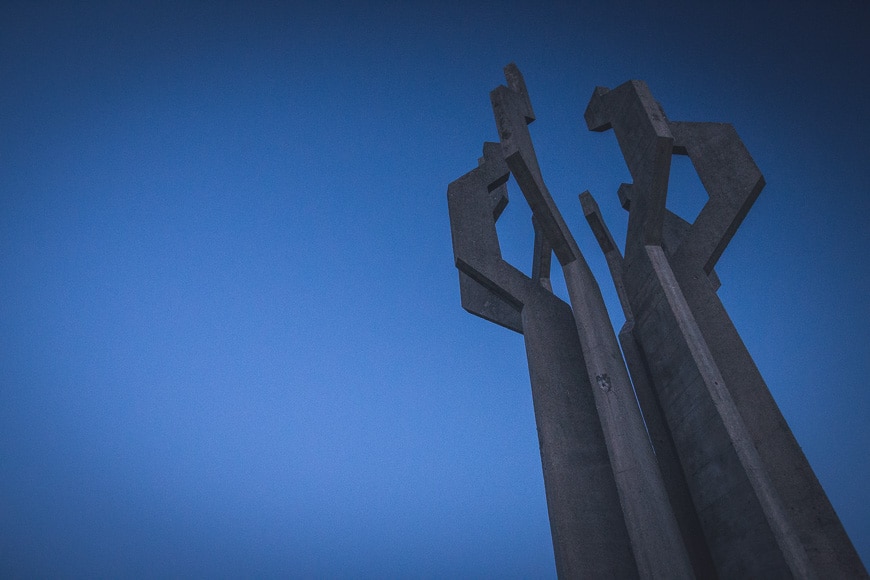
© Andy Day
Negative space in photography ties in closely with minimalism, and incorporating it into an image can help remove distractions, eliminate clutter, and create bolder, more impactful compositions.
The human eye loves simple, clear shapes, and negative space in photography helps such shapes grab a viewer’s attention.
Artists and graphic designers have an advantage in that they are starting from a blank canvas — a pre-existing negative space; by contrast, unless they’re working in a studio, photographers often have to frame what already exists.
As such, creating negative space in photography can be challenging.
While it’s important not to overuse it, with practice, you can learn how to find negative or empty space while you are creating your compositions.
How Much Do You REALLY Know About Photography?! 🤔
Test your photography knowledge with this quick quiz!
See how much you really know about photography...

- What’s the difference between positive and negative space?
Positive space describes the subject of your photography. By contrast, negative space in photography describes the area around the subject that allows that subject to appear as a distinct geometric shape within your photo.
- Why do artists use negative space?
Artists — ranging from sculptors and musicians to architects and graphic designers — use negative space to give structure to their creations, to act as a balance to the main focus of their art, and to produce bolder, more distinctive compositions.
Through simpler, cleaner compositions, negative space allows greater clarity.
- What effect does negative space have?
Negative space photography works in direct relation with positive space, giving a subject room to breathe and allowing it to assert a presence within an image that conveys its importance. It can also create tension and/or balance within an artwork.
How Can Photographers use Negative Space?
As with all composition rules and techniques in photography, finding and using negative space becomes easier the more you practice it. Here are some tips to get you started.
Find a clean background

© Andy Day
One of the simplest ways to create negative space in photography is to use a background that is plain and clear of distracting elements. It could be the white space of a wall, for example, or any other ’empty’ space you can find.
Don’t forget that you can easily tidy up or remove any smaller features afterwards when you come to edit your photos.
Frame your subject against the sky
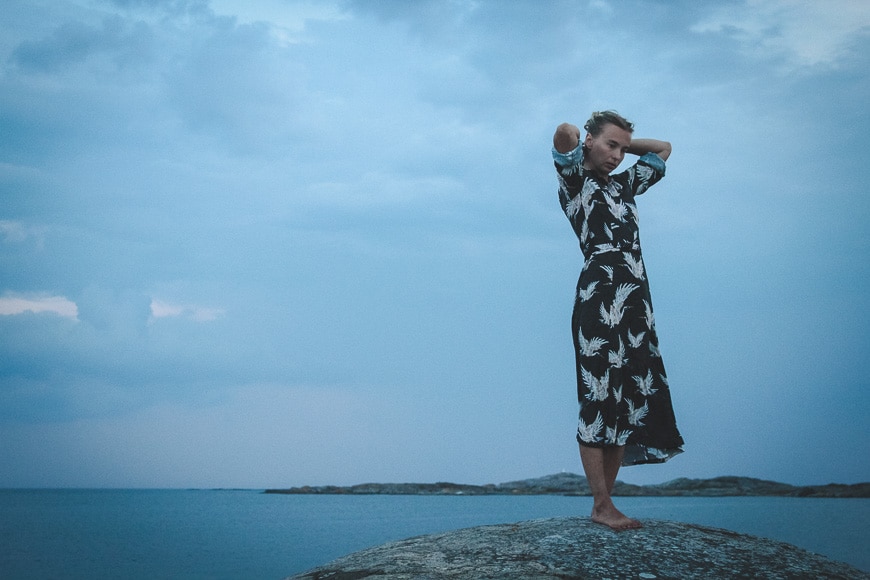
© Andy Day
Very often the sky makes for the perfect blank canvas against which to frame a subject. Don’t be afraid to get down low and perhaps even crop your subject in order to remove any clutter that might be on the horizon.
Just be careful not to underexpose your image as your lens will be taking in a lot of light and this can ‘confuse’ your camera if you’re using automatic settings.
Use light and shadow

© Andy Day
A background might be messy and cluttered, but if it’s significantly darker than where you have placed your subject, you might be able to eliminate all of those distractions by the difference in how they are exposed.
If your subject is standing in the light and the messy background is dark, it’s likely that the background will disappear.
If it doesn’t, you might be able to make it darker when you come to edit your photos and truly isolate your subject within the frame.
Take your subject out of the centre of the frame
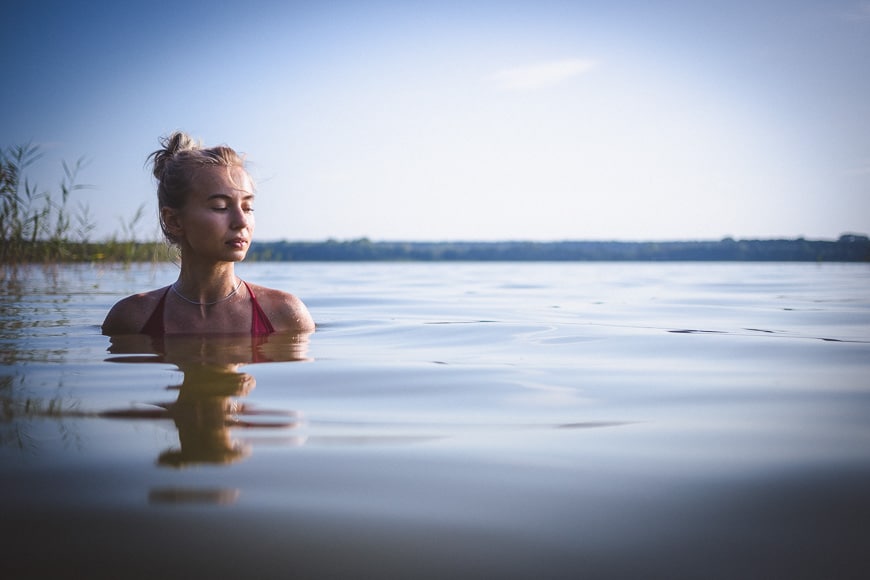
© Andy Day
Placing your subject in the centre of the frame can be effective, but taking the focal point towards the edge of your photo can shift how a viewer sees an image.
A large area of negative space in photography can create a sense of harmony within an image when it’s used to offset a subject that’s placed to one side.
If you’re photographing a person or an animal, pay attention to which way they’re looking when you take them away from the centre.
If they are looking into the frame, it can feel peaceful and relaxed, whereas looking away from the centre can make them seem tense and distracted, or give an air of mystery to the image.
Look for strong geometric shapes
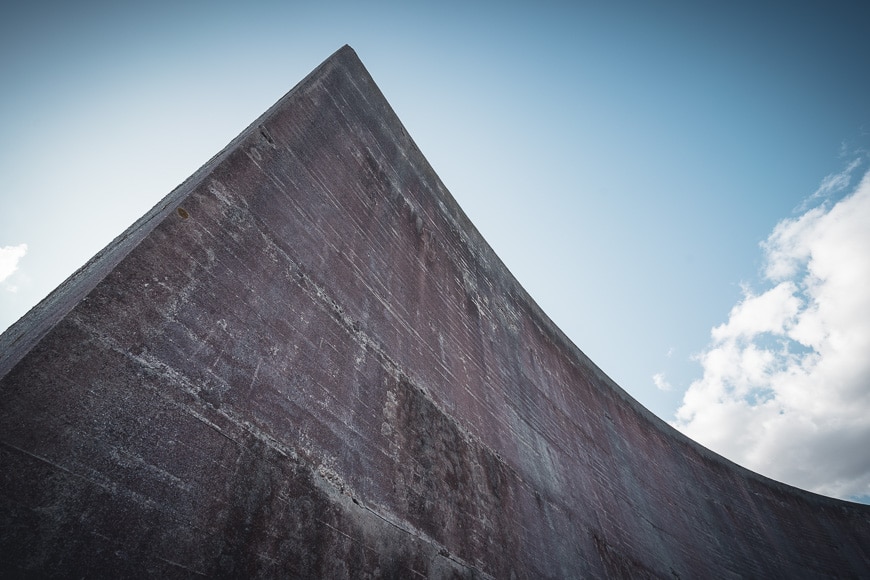
© Andy Day
The human eye loves simple, strong, geometric shapes. This is why some of the most impactful logos — think Nike or Apple — are just plain forms that are instantly recognisable.
If your shapes are minimal, you might not even need an obvious subject within the frame: two negative spaces that slot together perfectly might be enough to create an arresting image.
Use contrasting colors

© Andy Day
Negative space in photography doesn’t have to be completely featureless, but its emptiness can be emphasised and made to feel more empty if the main subject is made up of a starkly contrasting color.
You might also want to think about complementary colors so that your positive space and negative space balance each other even better.
Look for repeating patterns and textures

© Oladimeji Odunsi
Negative space photography isn’t necessarily about finding a blank wall or sky; sometimes it can be a repeating pattern that’s not demanding too much of the viewer’s attention.
Be careful of choosing a pattern that’s too bold or complex, however; if it begins to compete with the positive space, it’s no longer negative space.
Try a wide-angle lens
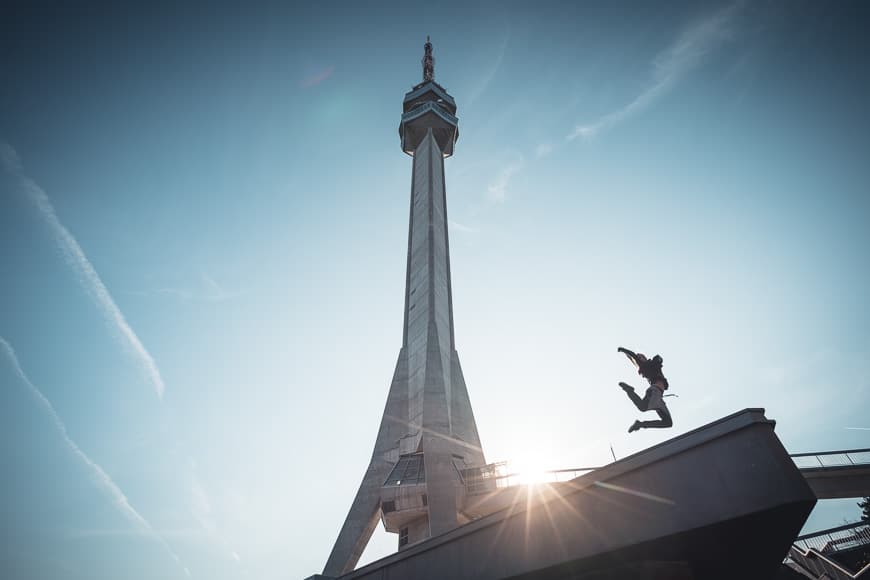
© Andy Day
Longer lenses can feel a bit claustrophobic if you’re trying to create negative space around your subject, and a wide-angle lens gives you more room as well as typically making it easier to discover strong geometric shapes.
Of course, all of this depends on how close you are to your subject!
Try a long lens
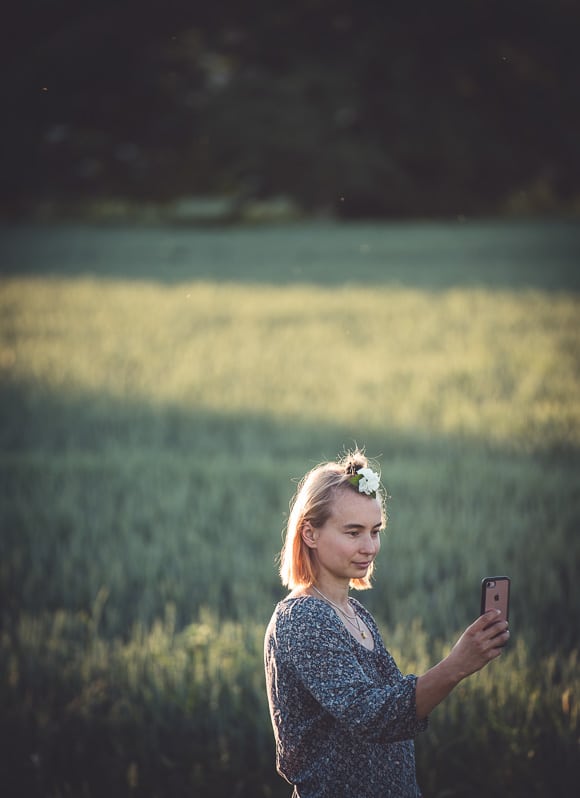
© Andy Day
Wide-angle lenses can pull in so much of the scene in front of you that finding any negative space can become impossible. A longer lens can allow you to eliminate all of the clutter, helping you to isolate your main subject and surround them with an area that’s calm and peaceful.
Of course, you might need to get further away from whatever it is that you are photographing!
Use a shallow depth of field
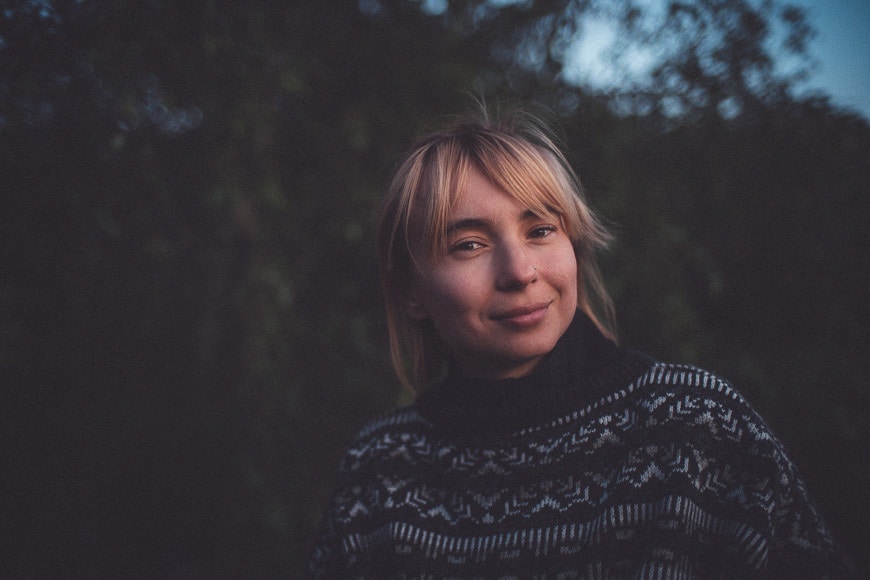
© Andy Day
If you’re photographing a subject against a busy background and you want to try and create a sense of negative space around them, one option might be to use a longer lens with a larger maximum aperture to create a shallow depth of field.
Instead of being messy and distracting, the background becomes a creamy mush that blends together, helping to isolate your main subject, and surrounding it with negative space.
Bonus Tip: Learn by cropping your photos

To learn how negative space in photography can increase the strength of a composition or remove unnecessary and distracting elements, try going through your existing photographs and seeing how they change when you apply a crop.
Much of a successful photographer’s instinct to find a good composition comes from having spent time playing with their photos and figuring out what works and what doesn’t.
Cropping your images can help you to develop a better understanding when it comes to shooting, and reducing a photograph to a subject surrounded by negative space can help you to realise how to create balance or tension.
You can also check out our guide on how to crop in Lightroom to learn more about this simple editing technique.
Final Words
Using negative space in photography can lead you to produce images that have more impact. How well you apply it really comes down to your composition choices and how you position your main subject against the rest of your image.
Hopefully the tips listed above will give you some good ideas on how to get started when trying to use negative space in your work.
Good luck with your shooting and be sure to let us know how you get on in the comments below.

Check out these 8 essential tools to help you succeed as a professional photographer.
Includes limited-time discounts.





